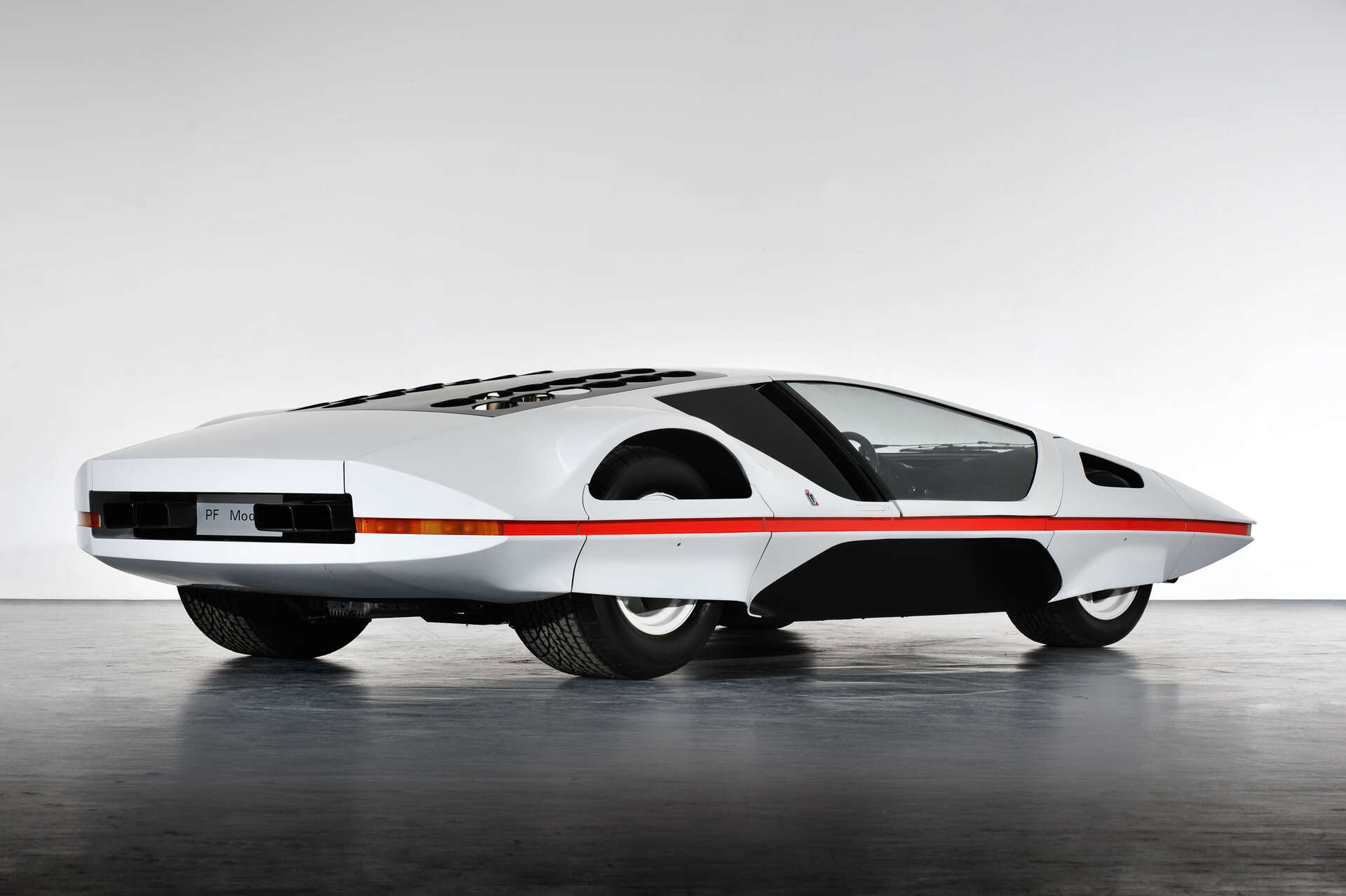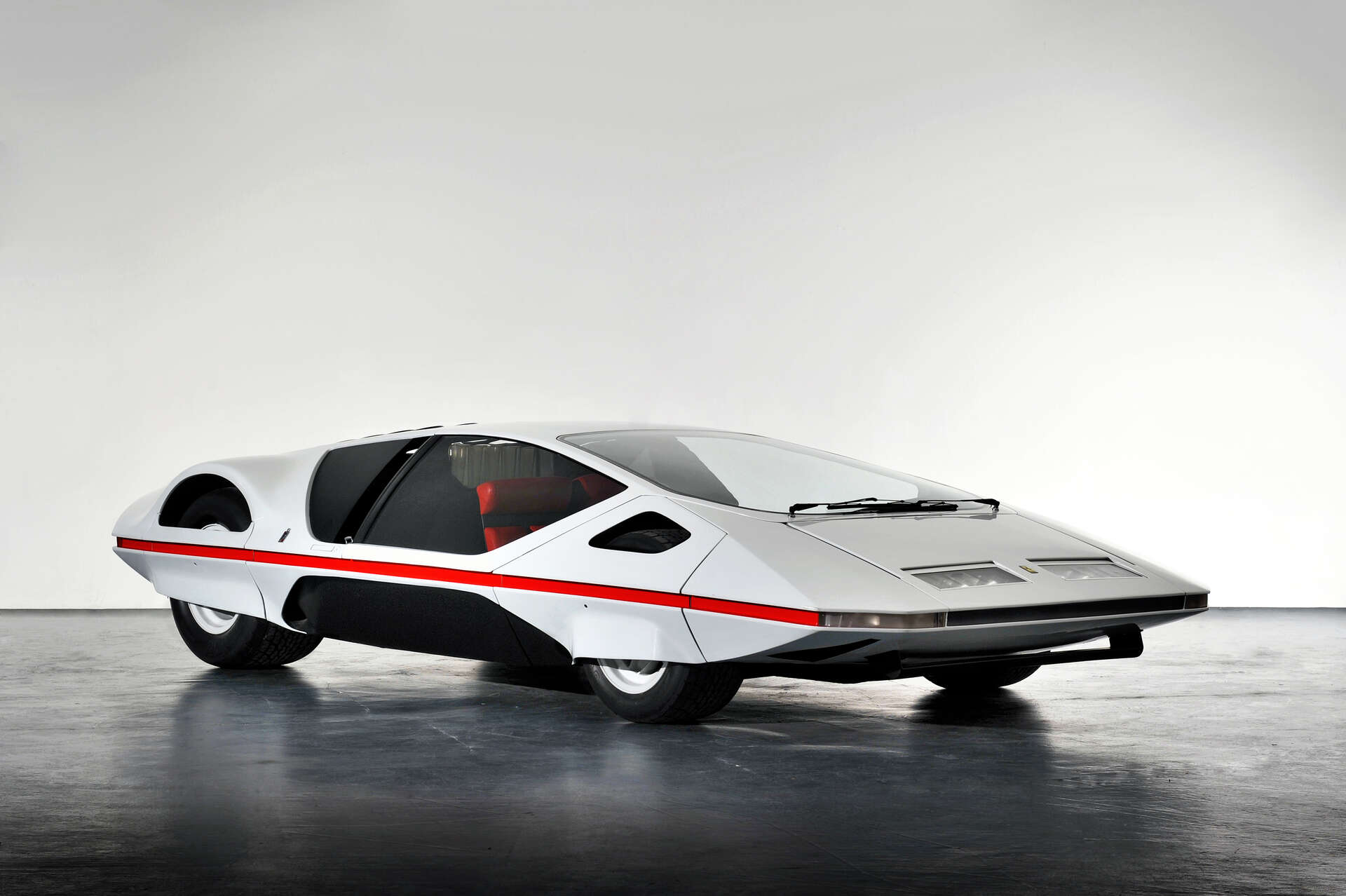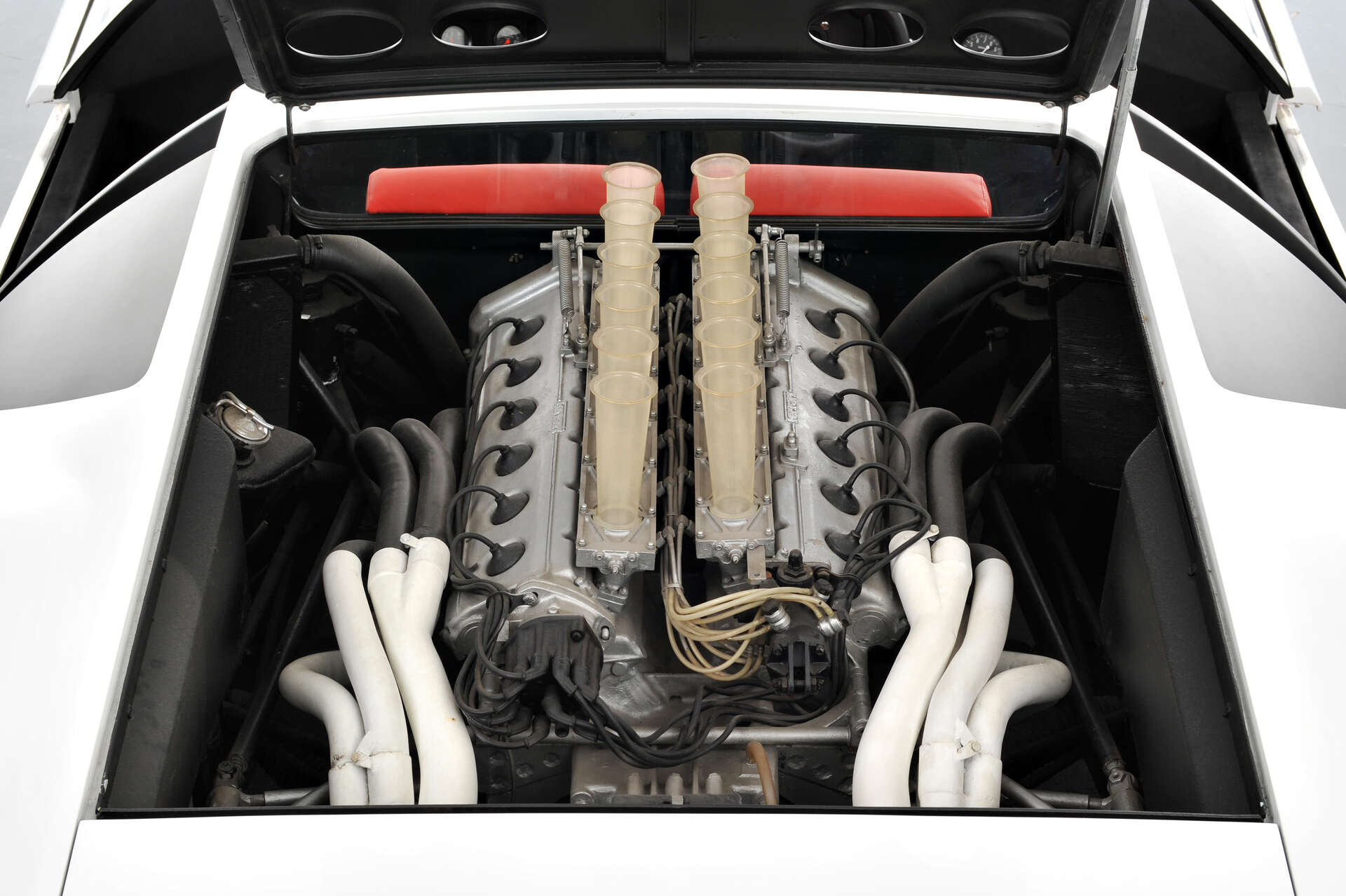1970 Pininfarina Modulo

The descriptions of the Classic Cars in the Directory were partly generated or supplemented with the help of artificial intelligence (AI). The content may occasionally not always be entirely accurate or factually correct despite careful checking.
The Modulo ideally closes with its futuristic spaceship-with-wheels lines the era of cars created for innovation. The years that followed have forced manufacturers to find a compromise between innovation and function, losing the charm that a model like this will forever guarantee over time.
No one could possibly imagine that the chassis and the V12 engine of a powerful, race-winning Ferrari such as the 512 S is hidden beneath such unusual and futuristic forms. The year is 1970, Pininfarina and Bertone are battling it out to see which is the more innovative and the designer Paolo Martin comes up with something that took the world by storm: the Modulo. An object of research, an idea taken to the extreme, utopian or provocative.
After being presented in Geneva, the Modulo drew the attention of visitors to the Italian pavilion at the Osaka EXPO and went on to receive numerous prizes and awards. The Modulo also required quite a lot of agility to get on board: in fact, the windshield and part of the roof have to move forward to allow access to the passenger compartment. The fluid line is as spectacular as it is effective thanks to the reduced front section and the characteristic Ferrari red band over the almost white colour that wraps around the car.
Fun fact: at its first appearance in the form of the scale model, the Modulo was painted black, but without a doubt, the light colour emphasizes the shapes even more – shapes that are now, let’s not forget, more than 50 years old and still remain avant-garde to this day. The car now belongs to James Glickenhaus who bravely got it up and running, which was not very well received by purists. It has made appearances at the world's most important concours d'elegance including Villa d'Este and Pebble Beach.




